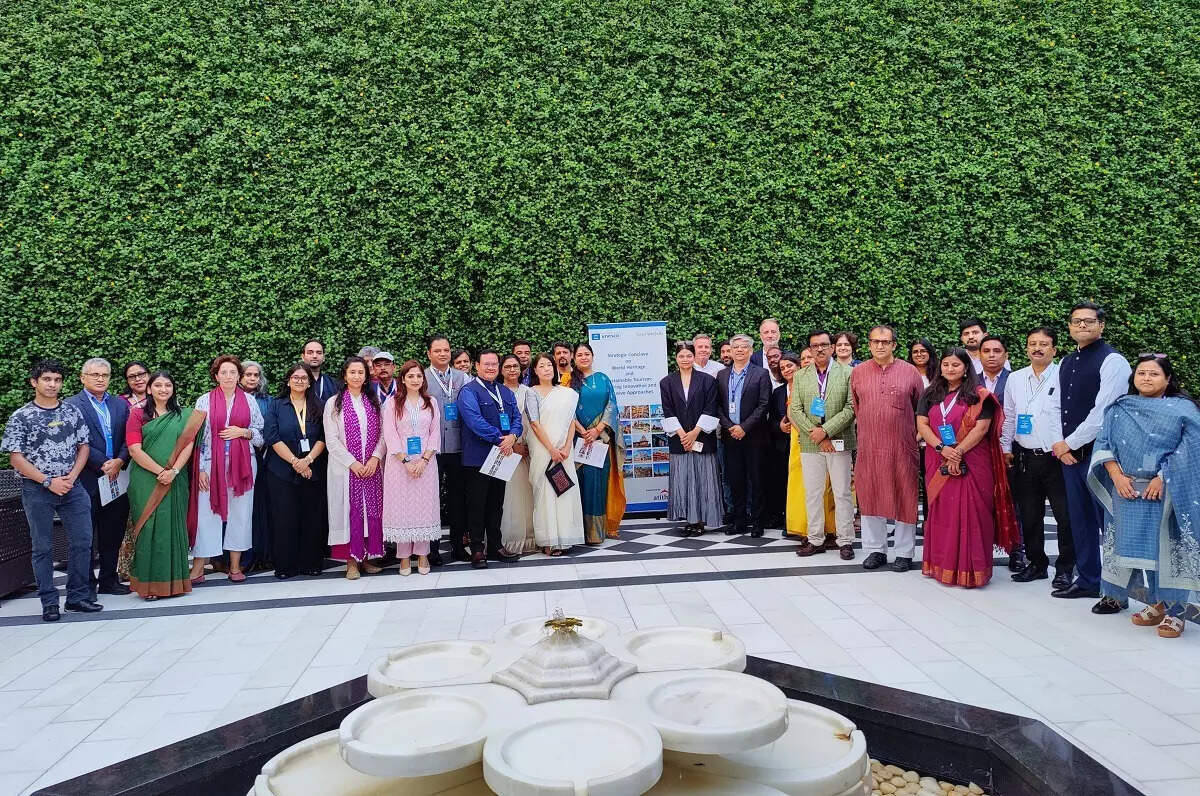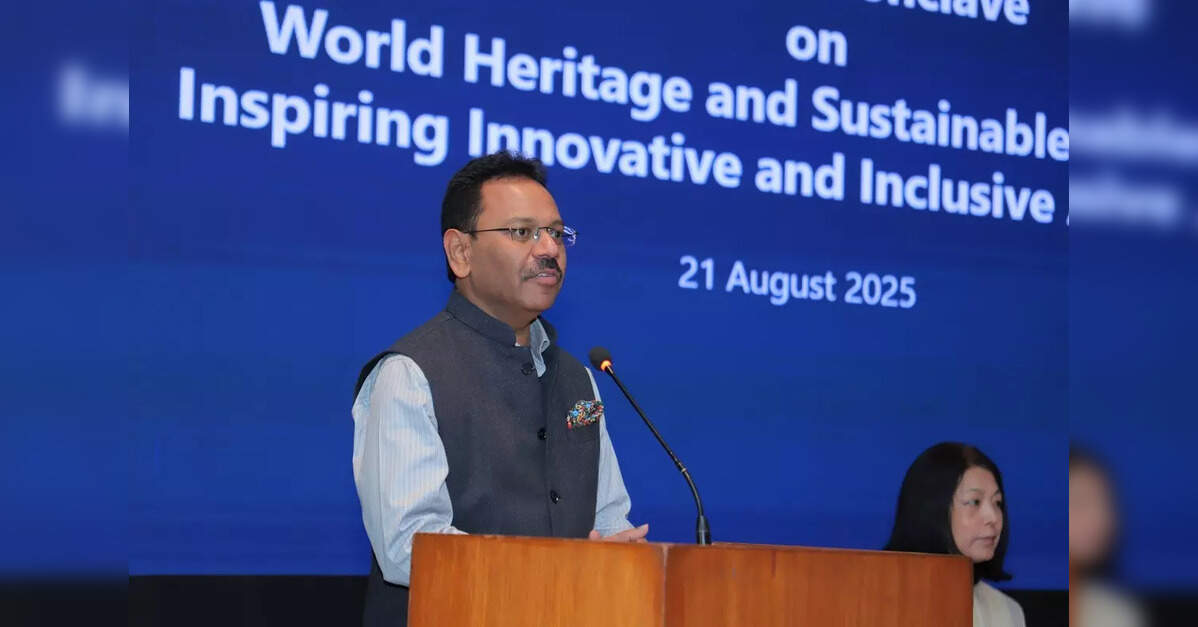
Despite possessing some of the world’s most iconic heritage monuments, India continues to fall short in offering visitor experiences that match global benchmarks, said Suman Billa, additional secretary and director general – Tourism, Government of India.
“We have great attractions, but a poor visitor experience. Wherever we go internationally, the attractions are probably not as many as they are in India. But the visitor experience makes them memorable, and that is where we are failing,” Billa said, highlighting the disconnect between conservation and tourism. The senior bureaucrat was speaking at the UNESCO strategic conclave on World Heritage and Sustainable Tourism in New Delhi.
According to him, India’s heritage monuments are not just “remnants of the past” but assets for the future that can generate livelihoods, inspire communities, and become engines of economic growth. However, poor visitor management, lack of interpretation, inadequate amenities, and absence of experiential offerings are eroding their potential, Billa said.
Billa underscored the need for progressive policy frameworks to balance conservation with tourism. “If you are going to put 5,000 people into a space that can carry 1,000, we are going to spoil the experience very quickly. We must use technology, from digital ticketing to AI-enabled crowd management, to ensure monuments don’t exceed their carrying capacity,” he said.
Equally critical, he argued, is contextualising heritage for visitors. “Anywhere in the world, they never let you into a monument without framing the context. We need interpretation centres, interactive tools like AR/VR, digital twins, and participatory storytelling to make visits meaningful,” he said.
He pointed to basic infrastructure gaps, such as poor washrooms and a lack of quality F&B and souvenirs, as deterrents. There is no dearth of people willing to pay for good service. But we must provide world-class dining, high-quality souvenirs, and memorable services instead of the cheap, tacky options we often see, Billa said. Many international monuments successfully leverage such services for revenue generation without compromising conservation, he opined.
“We need enabling frameworks where private operators invest, innovate, and sustain themselves—while ensuring revenues generated at monuments are ploughed back into their upkeep,” he said. Today, ticket revenues of heritage monuments go to the Consolidated Fund of India, while ASI depends on budgetary allocations for repair and maintenance.. This is a fundamental flaw, he said.
He also urged for adaptive reuse of neglected heritage structures through transparent PPP models, citing global examples where old buildings are repurposed into vibrant cultural and commercial spaces without compromising heritage integrity. “These structures should not decay in silence. With careful reuse, they can become vibrant economic engines while preserving their legacy,” Billa said.
Emphasising community participation as central to sustainable tourism, Billa noted: “The community should not be a bystander but a stakeholder. A monument should be a window not just to the structure but also to the soul of the community around it—its crafts, culture, and performances.”
In conclusion, he said India must move away from a “conservation first, tourism later” mindset. If we do not create vibrant ecosystems around monuments, we risk losing both tourism revenues and cultural pride, he stated.
In her introductory remark to the conclave, Junhi Han, chief of culture sector, UNESCO Regional Office for South Asia, said that while the potential to develop cultural and heritage tourism is huge, considering 40 percent of all tourism happens in the world is related to culture tourism, the key challenge before agencies is creating the right balance between conservation and tourism.
“The potential to develop this sector is massive, but when it comes to tourism at the World Heritage sites, a peculiar challenge emerges: unlocking their tourism potential while safeguarding them. This calls for a highly sensitive approach to developing infrastructure that attracts visitors without compromising the site’s character. Unlike ordinary tourist spots, these sites, recognised by UNESCO for their outstanding universal value, demand a delicate balance between accessibility, design, and Preservation,” she said.
The global cultural tourism industry is projected to grow from USD 1.2 trillion in 2025 to USD 2.6 trillion by 2035, and the global heritage tourism market size reached USD 608.8 billion in 2024 and is estimated to reach 843.5 billion by 2033.
Experts associated with tourism, conservation, archaeology, heritage, accessibility, museums, etc., participated and deliberated on various issues related to heritage conservation and sustainable tourism at the conclave.


